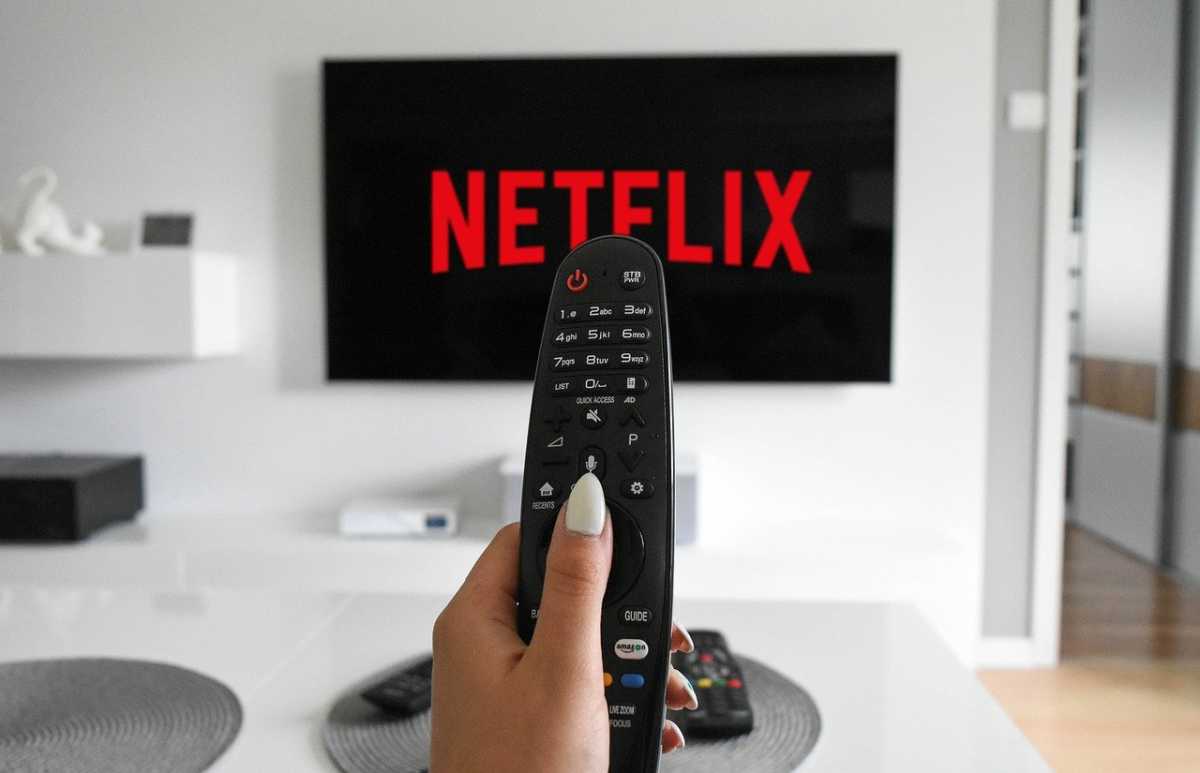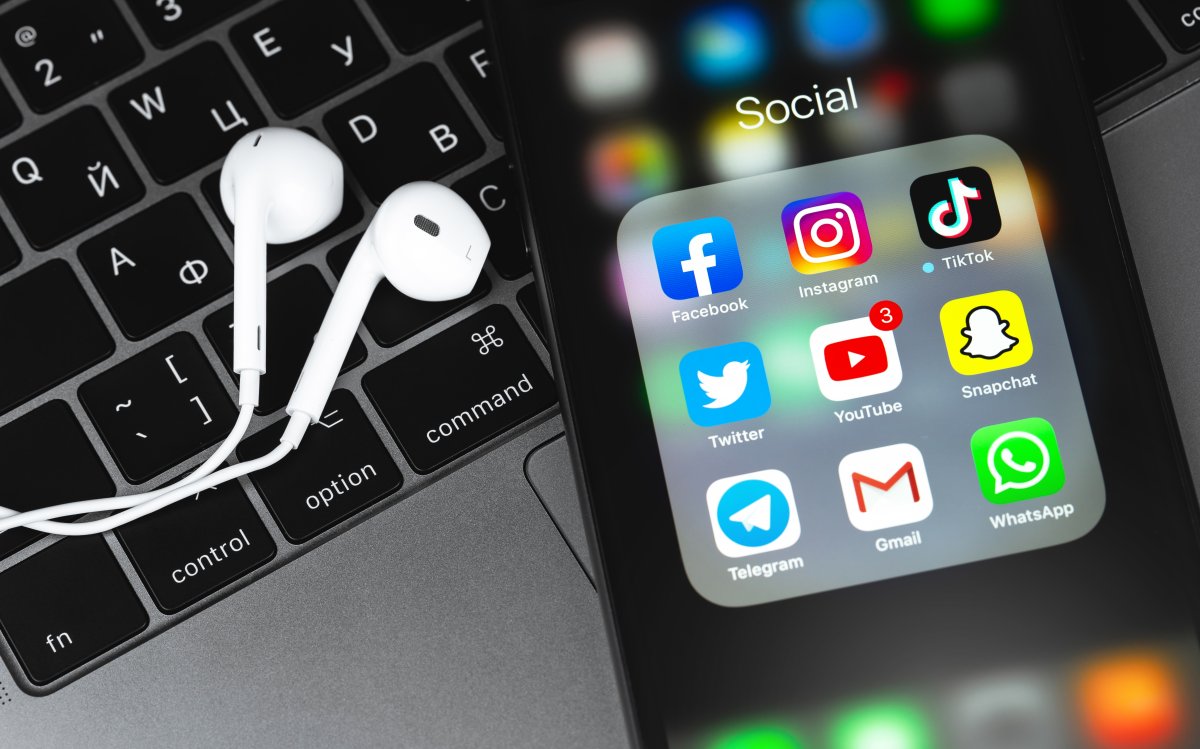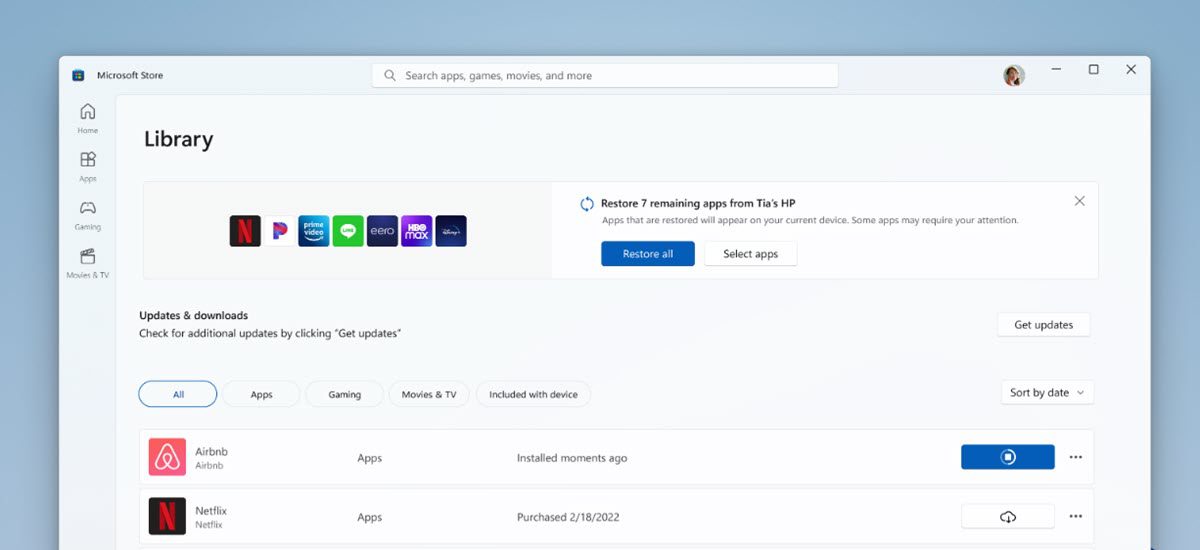These 3 websites create images with artificial intelligence using words

Although researchers around the world have been working on artificial intelligence and content creation for a long time, whether it’s text or images, it’s still curious if DALL-E, or rather DALL-E mini, has made known to the vast majority of people how artificial intelligence can create artistic images from scratch by simply typing a few words.
If a few years ago it was known that it was possible to create human faces with photographic quality that did not really exist, now There are several models of artificial intelligence capable of generating works of art with a few simple commands.
The example that went viral a while ago is DALL-E, whose API is available but cannot be manipulated without the necessary knowledge.
But if you have entered this article, it is because you want to play with artificial intelligence, write random words and obtain computer-generated images. Okay, TechSmart brings 3 totally free and open source websites to create images with letters:
crayon
The main recommendation for creating images from words is crayon. Basically, this app it has become popular, but under a different name and has its own domain name to make searching online easier. Otherwise, it is same as DALL-E, and for now will remain free.
To use Craiyon, you simply have to write one, two or more words in the corresponding field. Right-clicking or pressing the key enterthe technology behind this app, will begin to create illustrations from the words that have been written. The process is fast and you will see the results immediately.
A total of nine images that can be enlarged by clicking on them and saved by right clicking (on the desktop) or by holding the image with your finger (on smart phones Y tablets). There’s even a button Screenshot to create an image containing all nine jobs to share in the social networks or save as a keepsake.
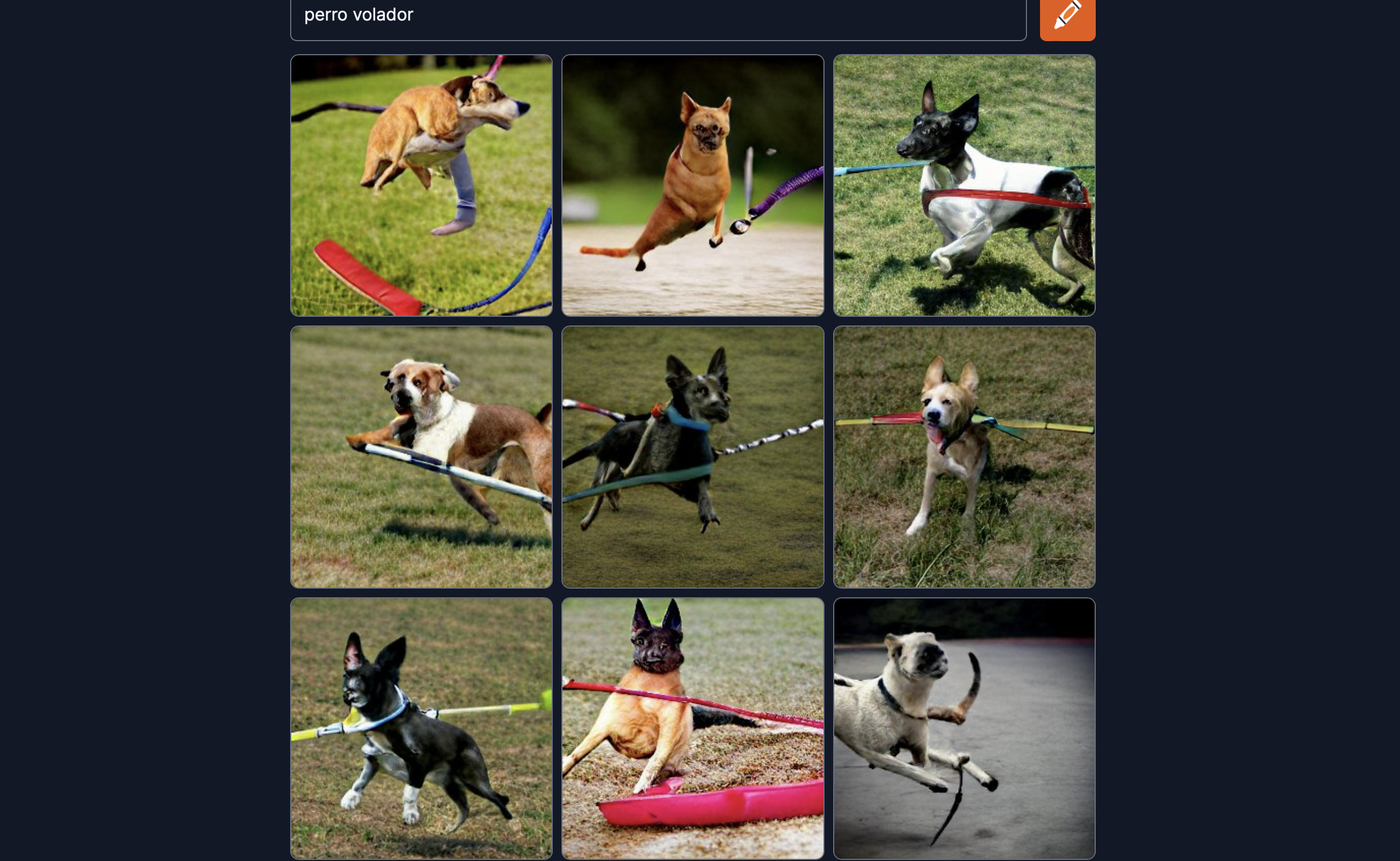
(photo: Crayon)
Latent Diffusion
There are other interesting projects that can generate images from words or other inputs using artificial intelligence. One of these projects is LAION, which is also accessible to everyone to create their own AI-based tools. thus was born Latent Diffusion which is perhaps very reminiscent of DALL-E mini.
Its operation is similar. It’s completely free can be used as many times as the user wants and no need to register or provide any personal data. Also, it is hosted in the same developer repository.
To create an image with Latent Diffusion, you have to enter one or more words in the respective field and then click the Submit button. But you can customize the result by modifying the intermediate parameters. The first are the steps or Steps. The more steps, the better the image quality. Otherwise, it will take more time to create it. Second, the size of the image, up to 256 x 256 pixels.
You can also choose the number of frames you want to create; from one to four, and the difference between the frames, from 1 to 15. By default, it is better to set it to 5. By playing with all the frames, this parameter turns into curious, funny or disturbing images generated by artificial intelligence.
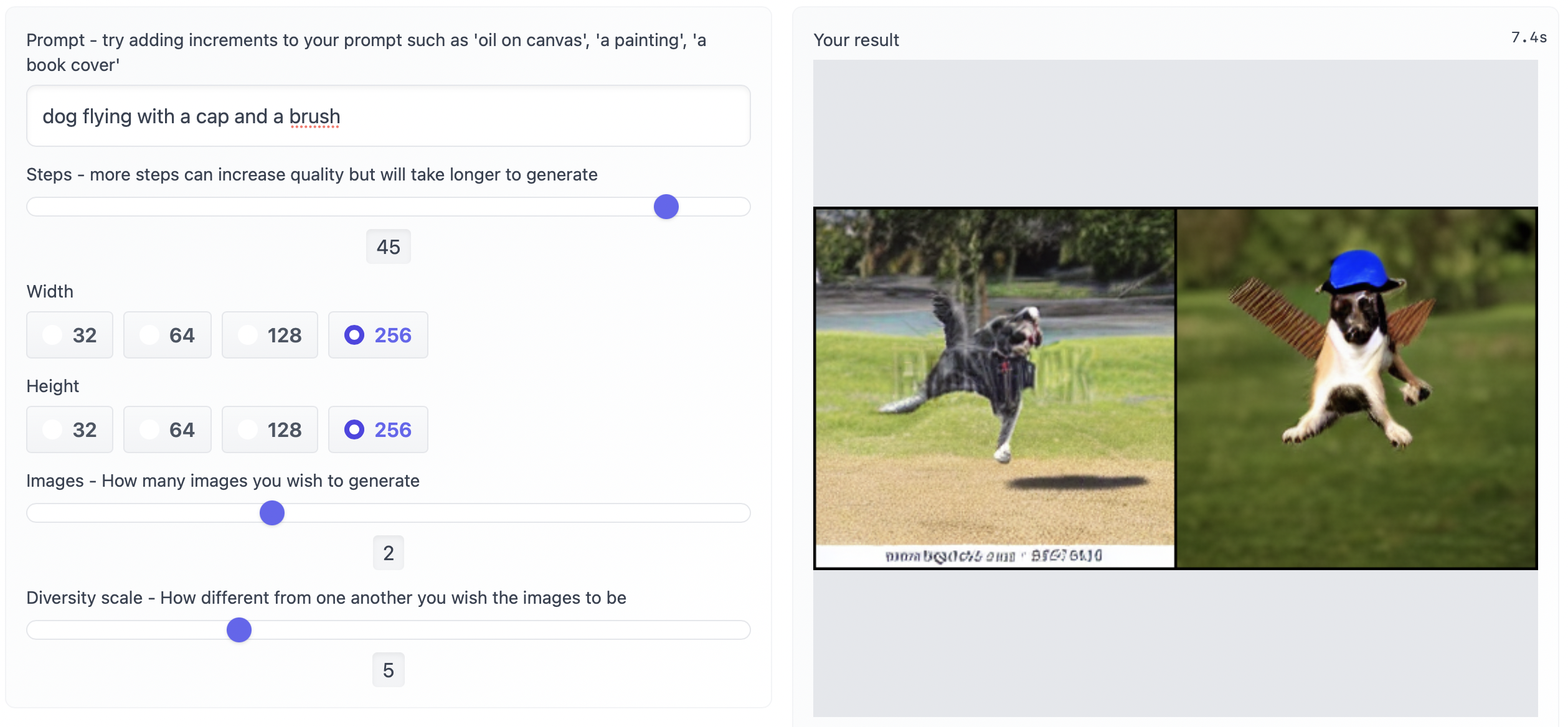
(photo: Latent Diffusion)
NeuroGen
The third online application for generating images using artificial intelligence is NeuroGen. It is not based on the DALL-E, but it also promises curious images. The first 100 images created are free. From there, Every 1000 images you want to generate costs USD$10. And like it or not, the user will have to register, although for this you can use your login from Google.
Once registered, using NeuroGen is easy. You enter the words you want, indicate how many images you want to create and the AI will do the rest. This may take several minutes. Of course, once this is done, will receive a email reporting this.
The resulting images are private, but they can be made public, deleted, or saved in PNG format. As a recommendation, the size of the image should be at least 256 x 256. If you open the drop-down menu, it can be changed to Medium either Great and thus obtain the image in a higher resolution: 512 x 512 or 1024 x 1024.
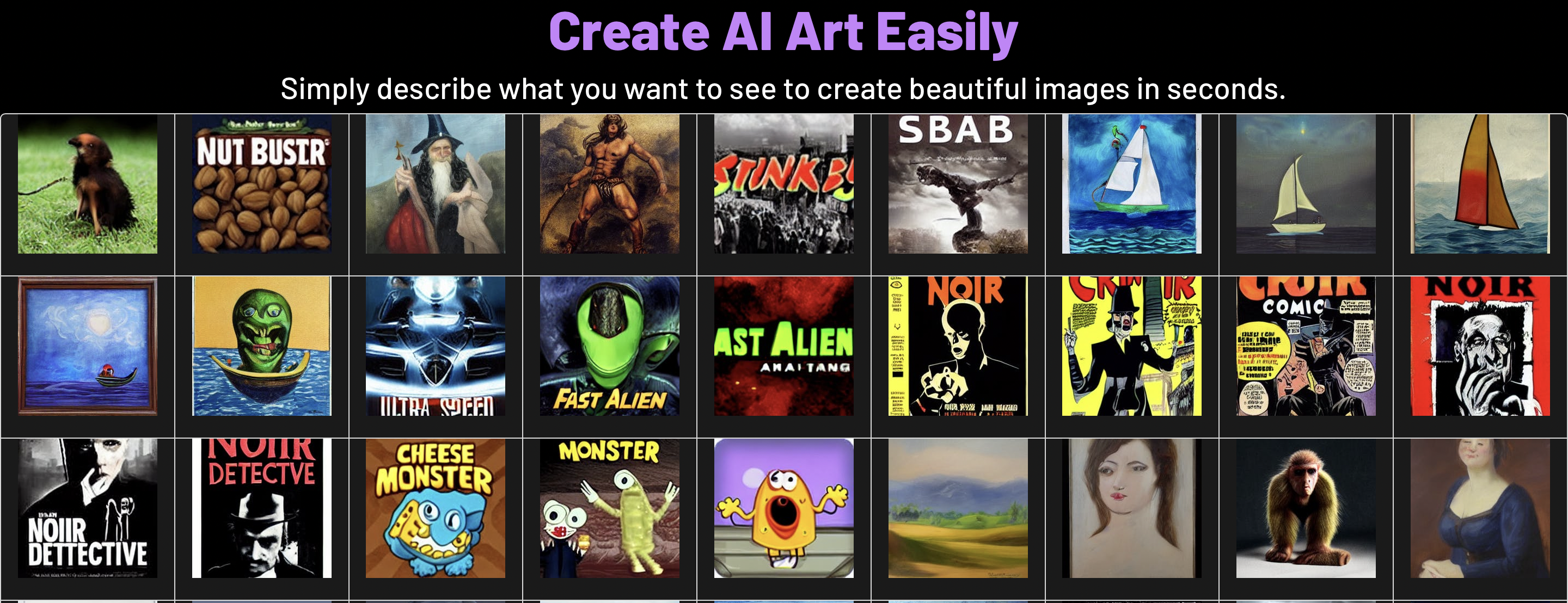
(photo: NeuroGen)
